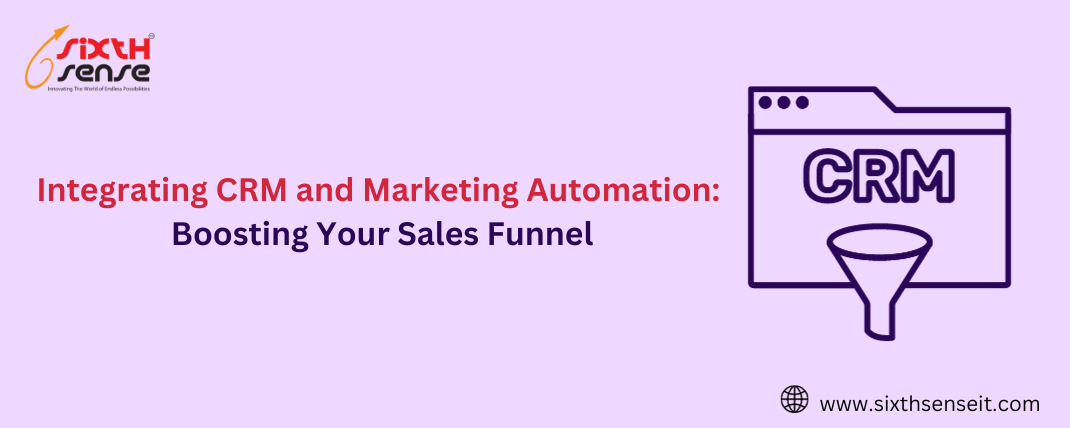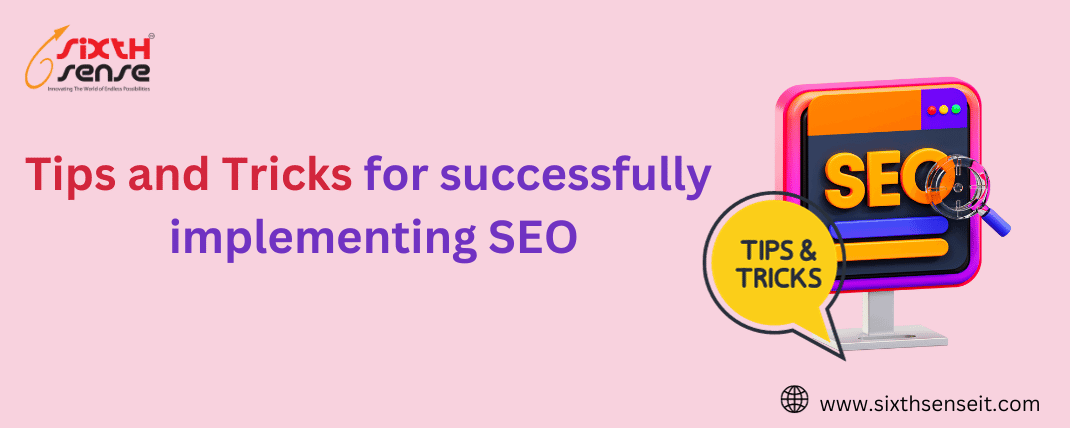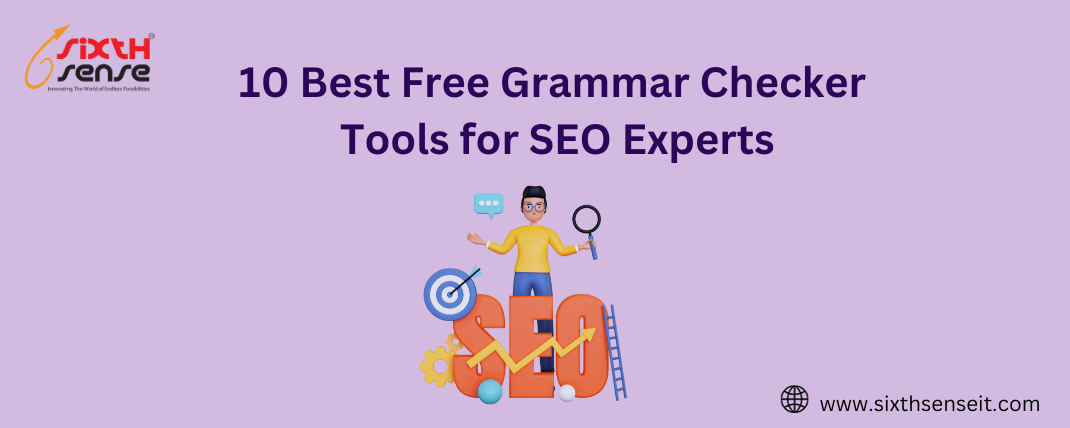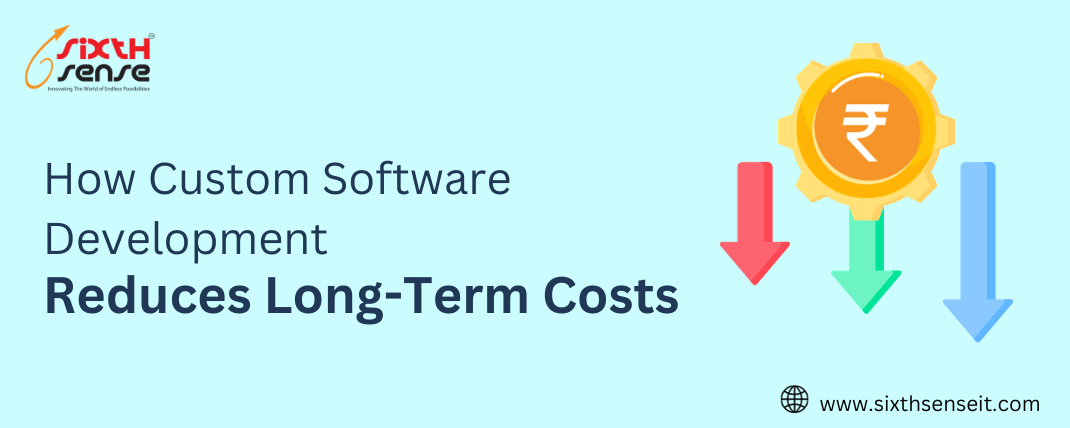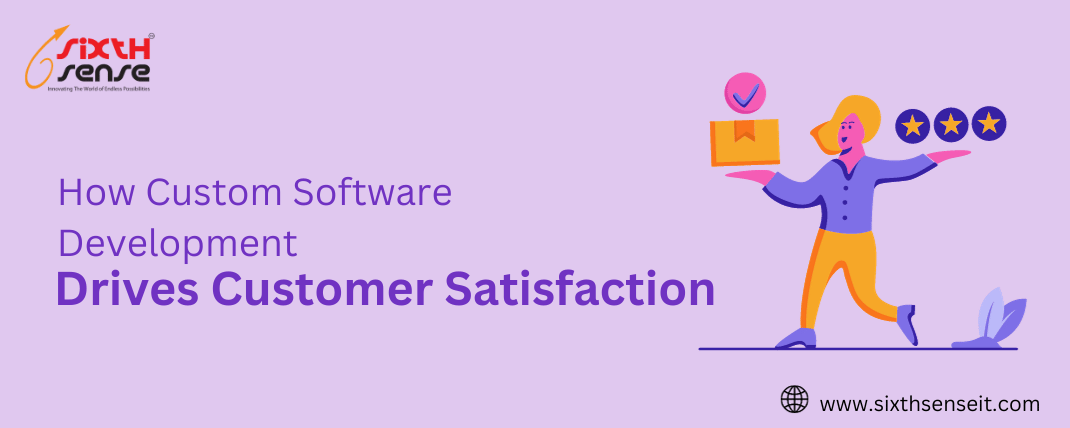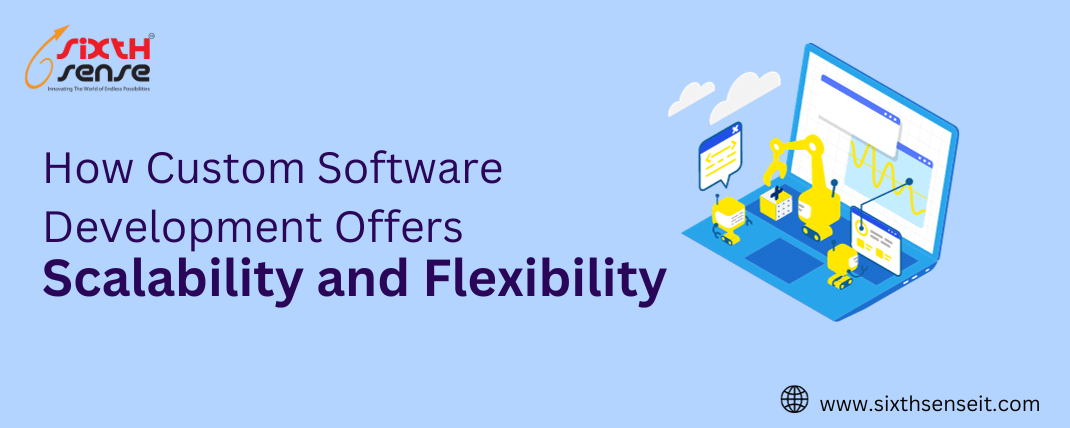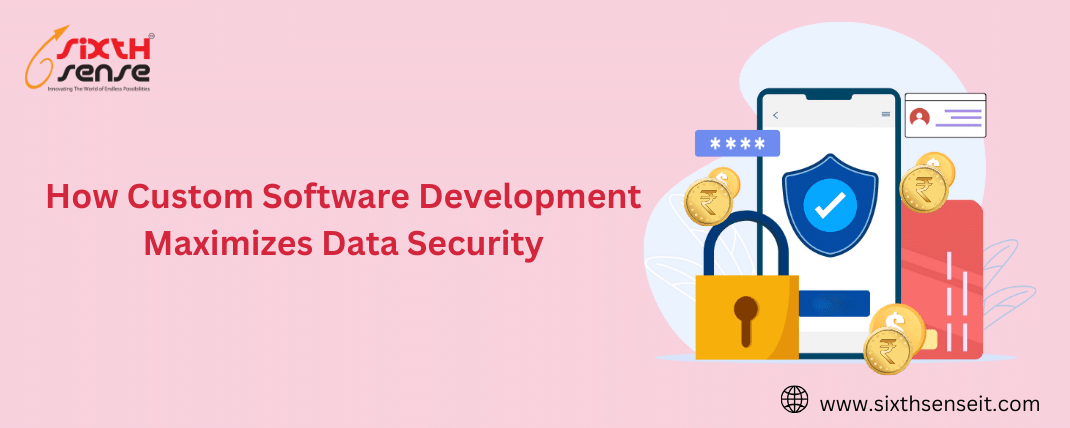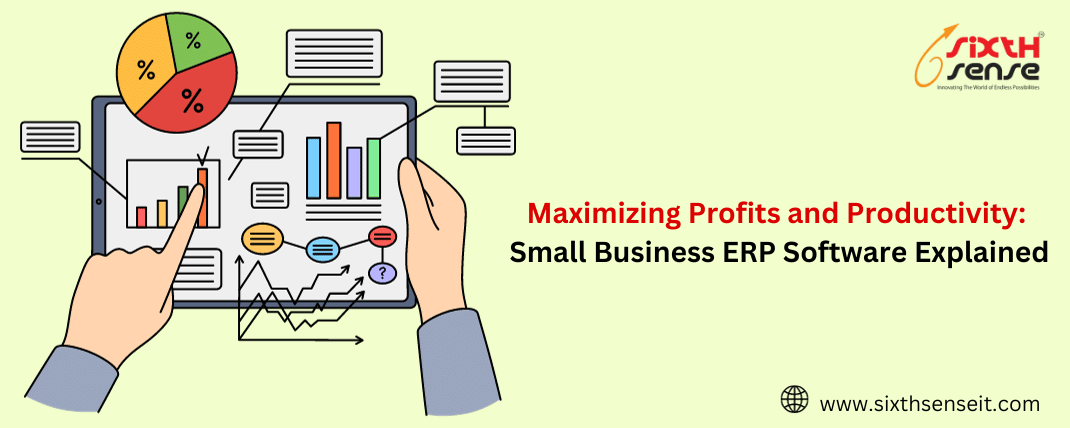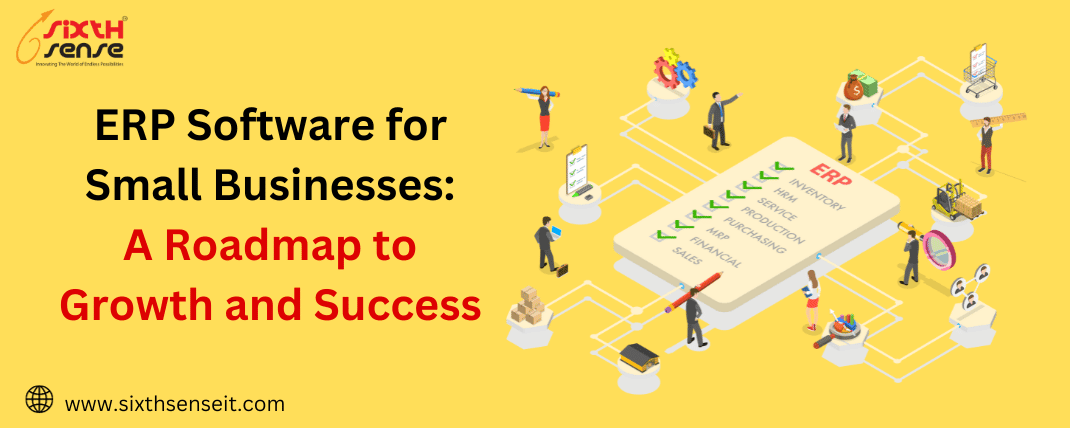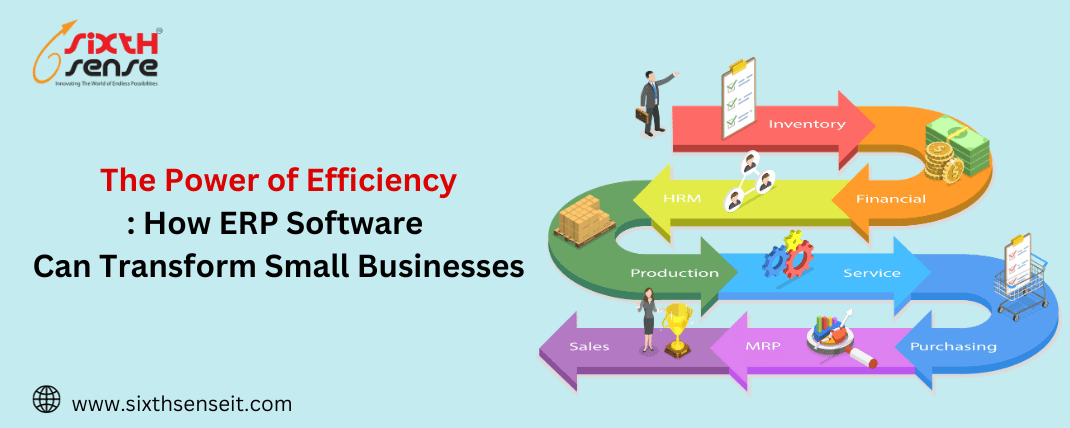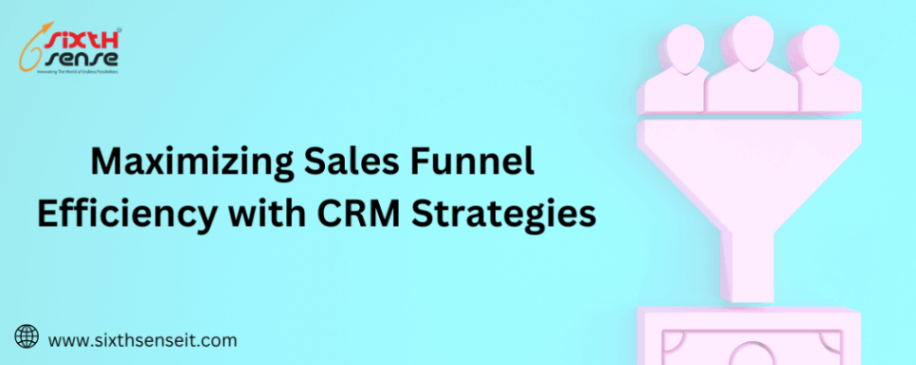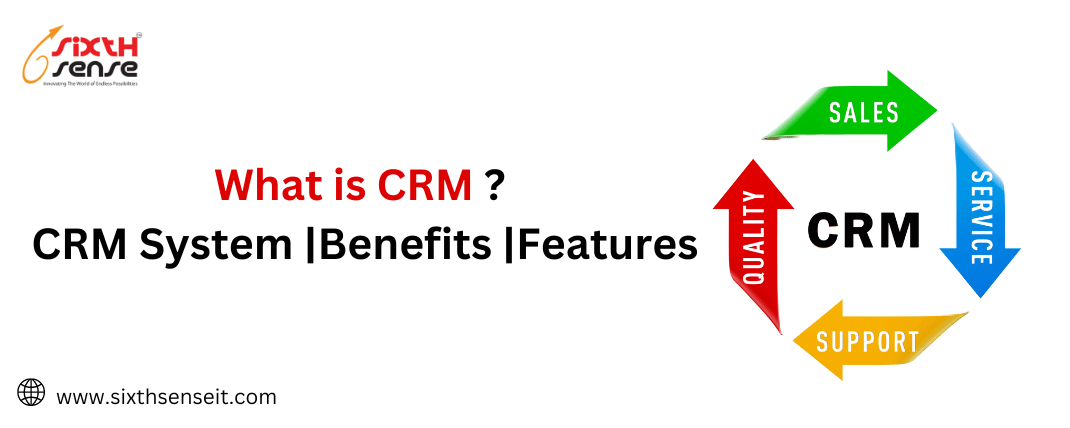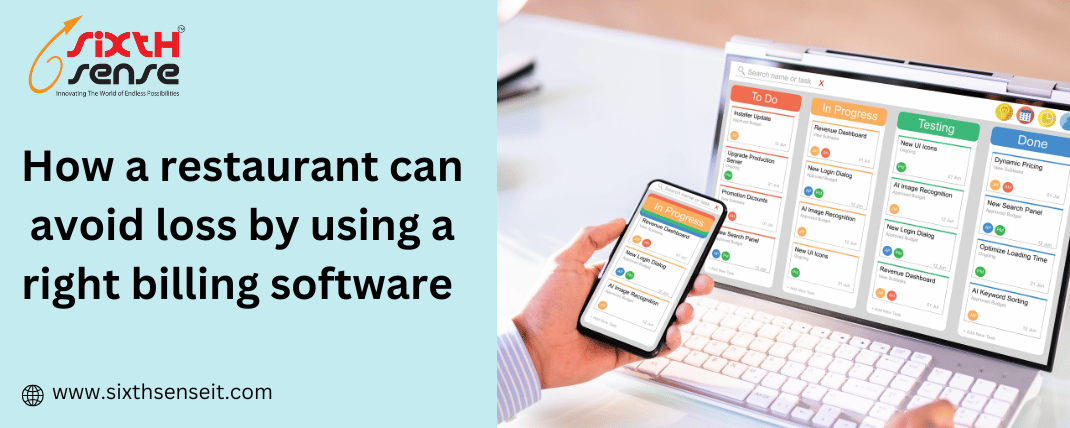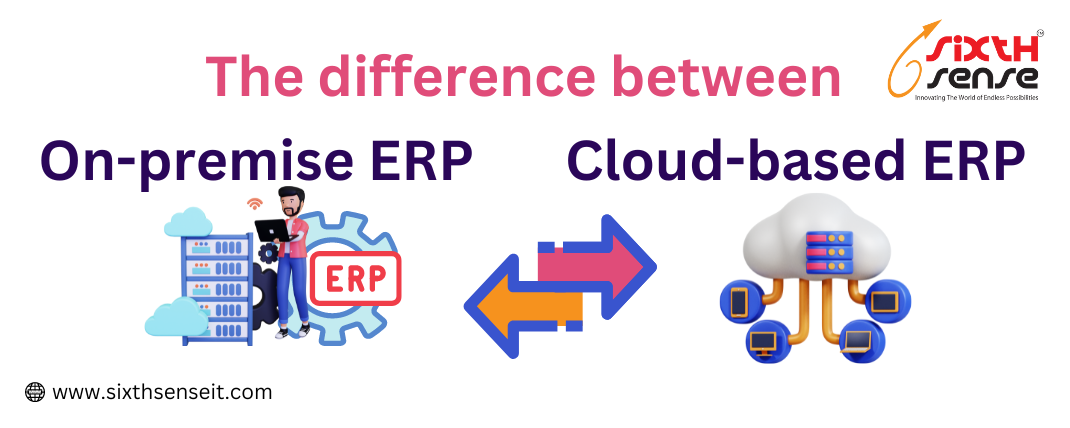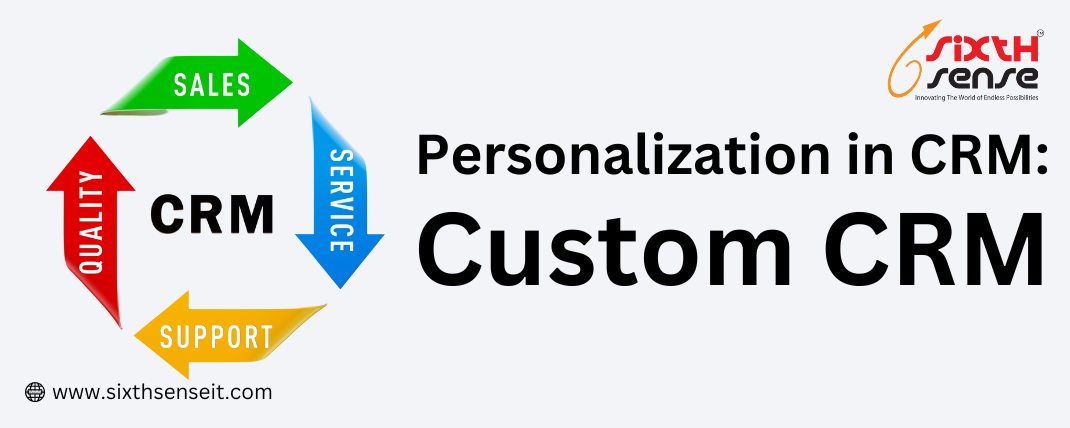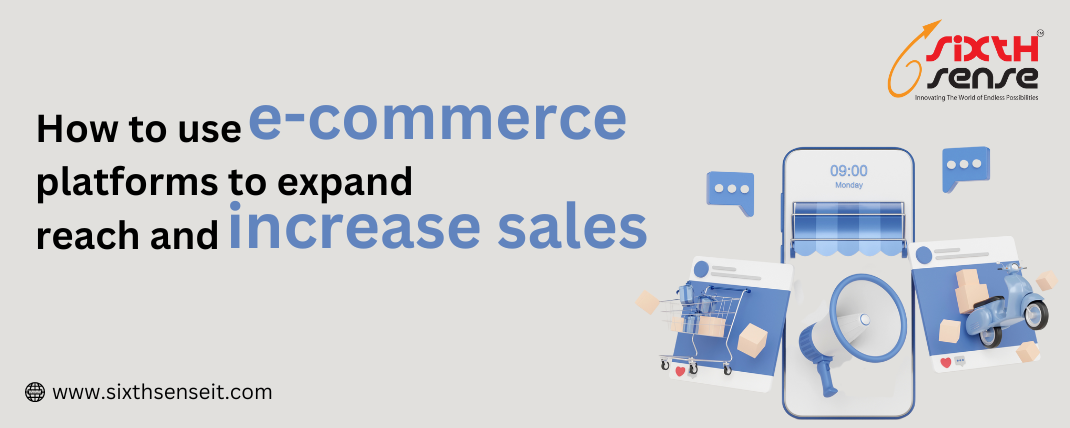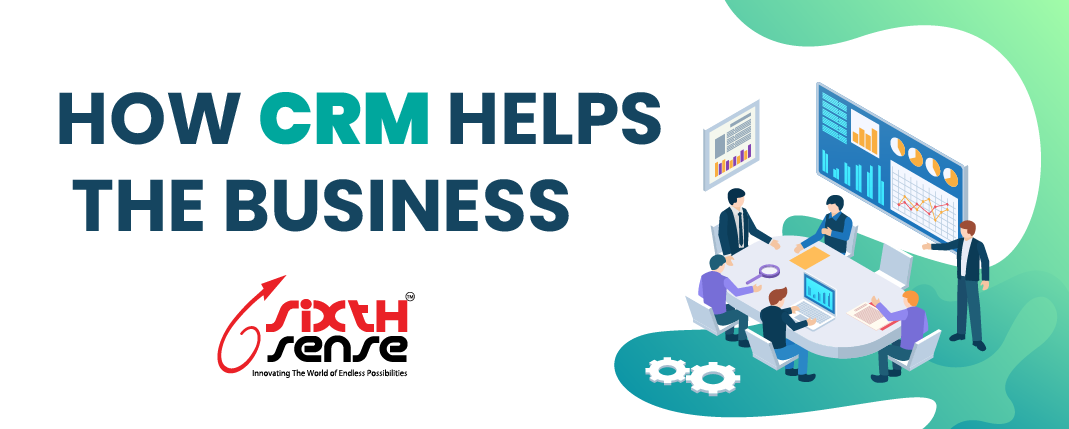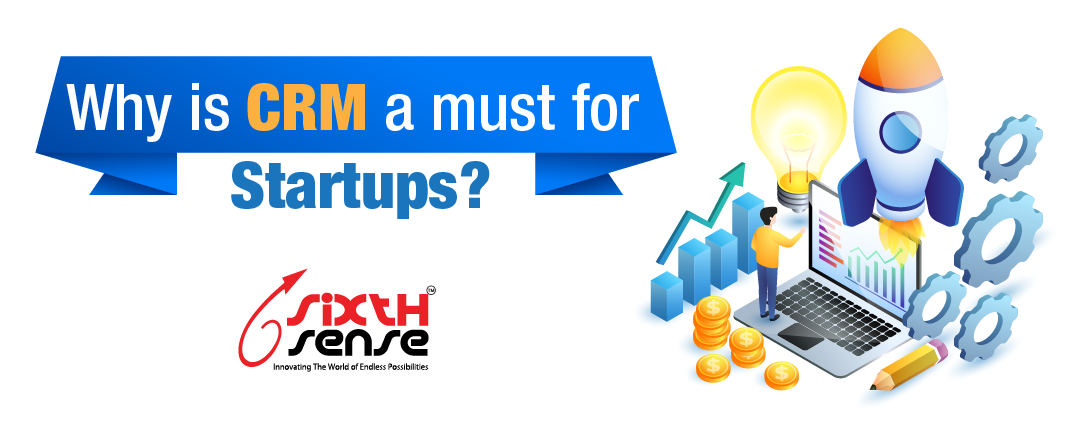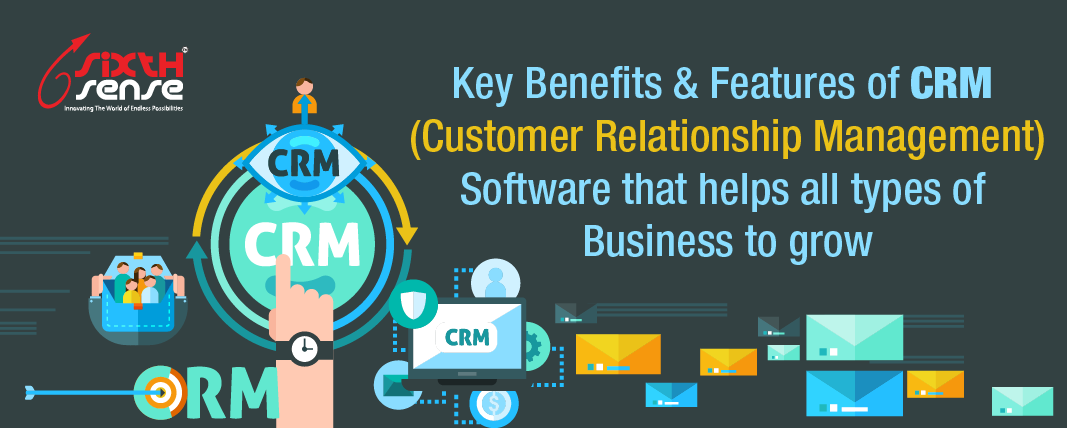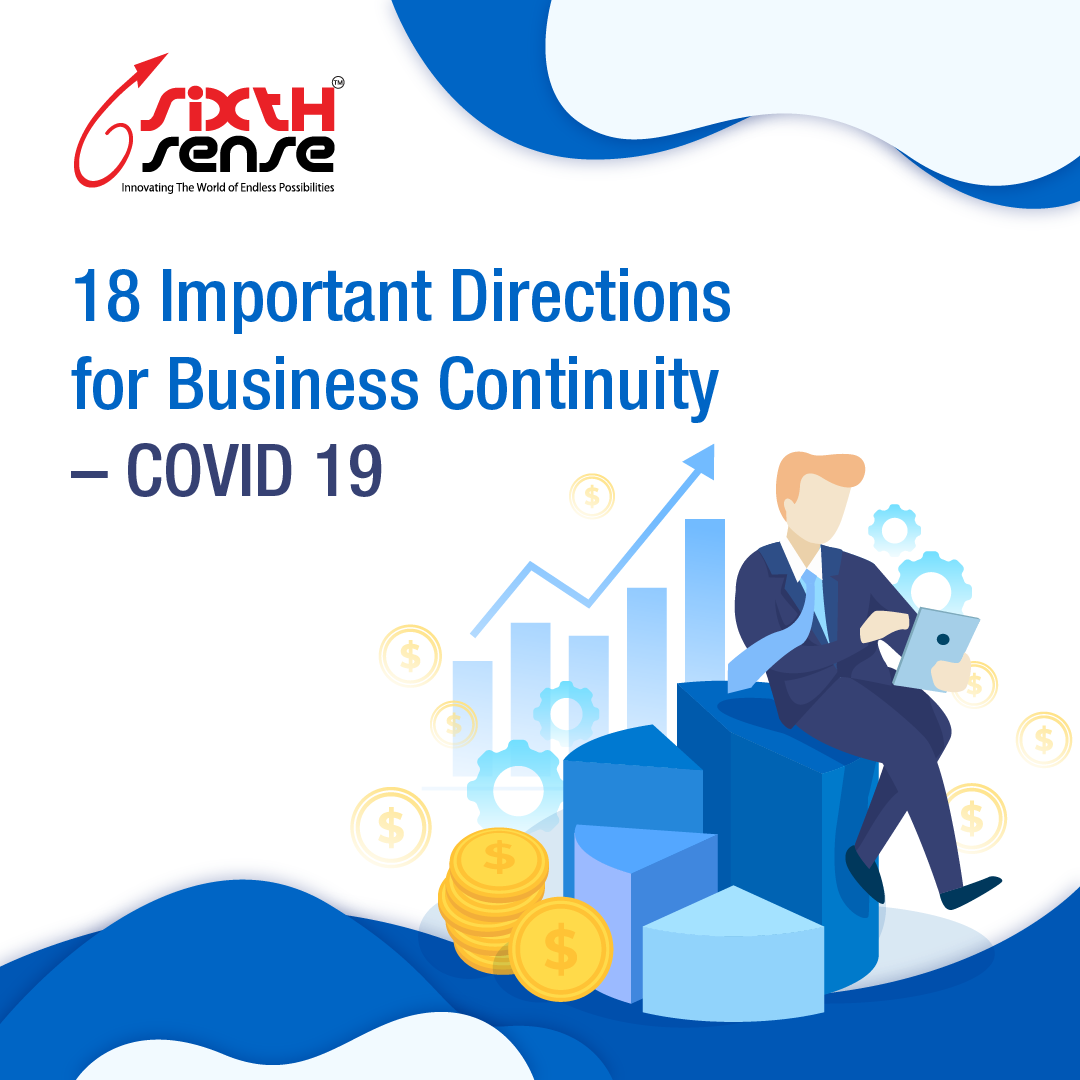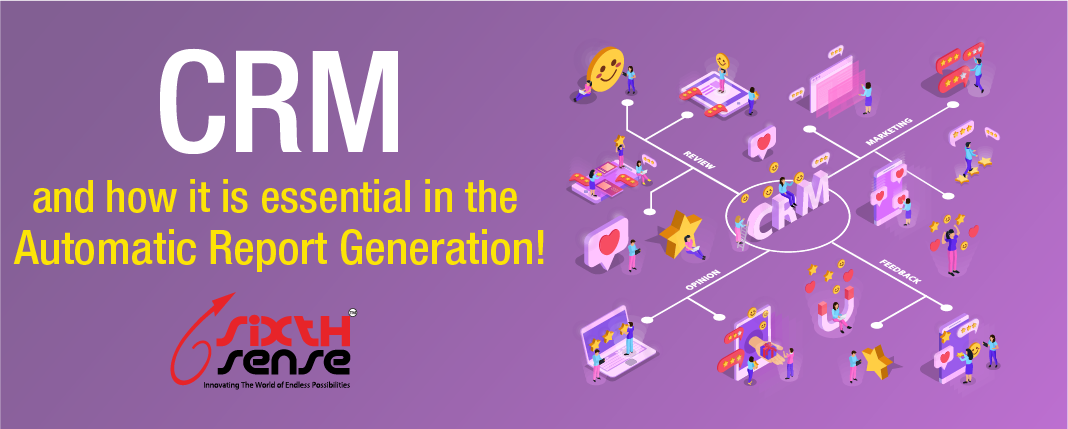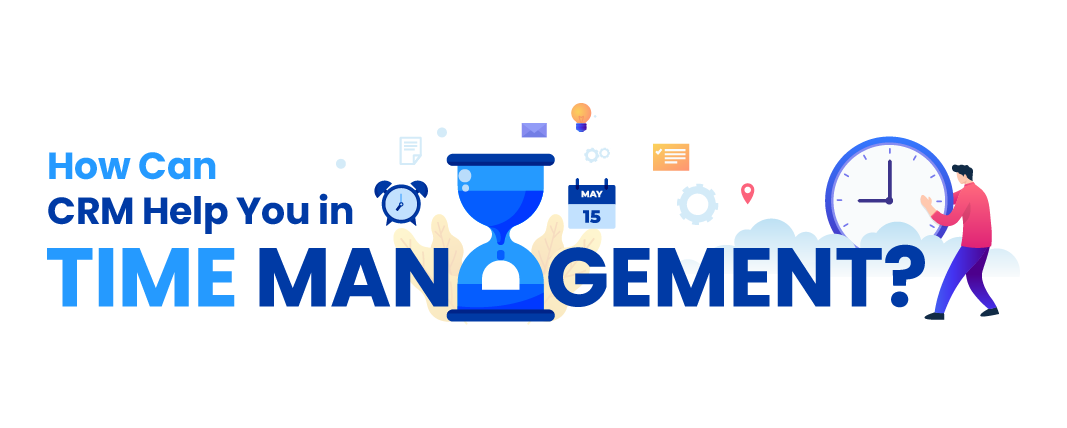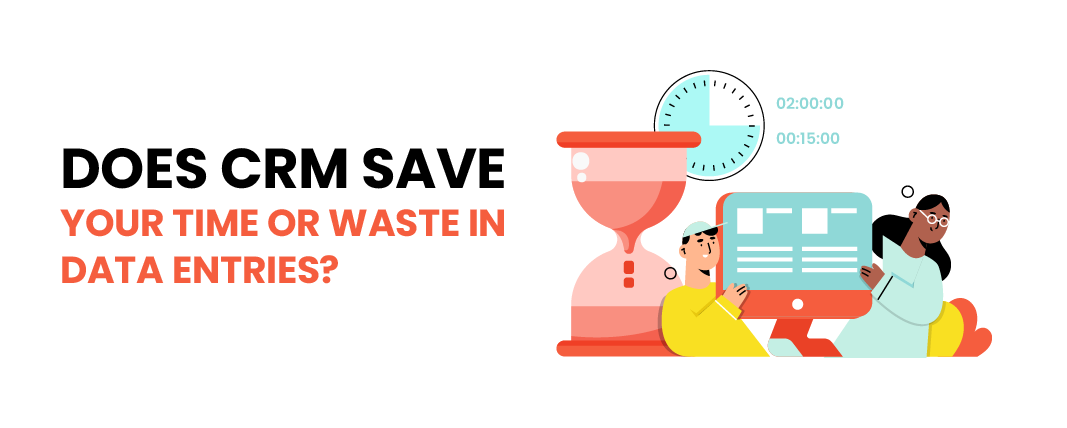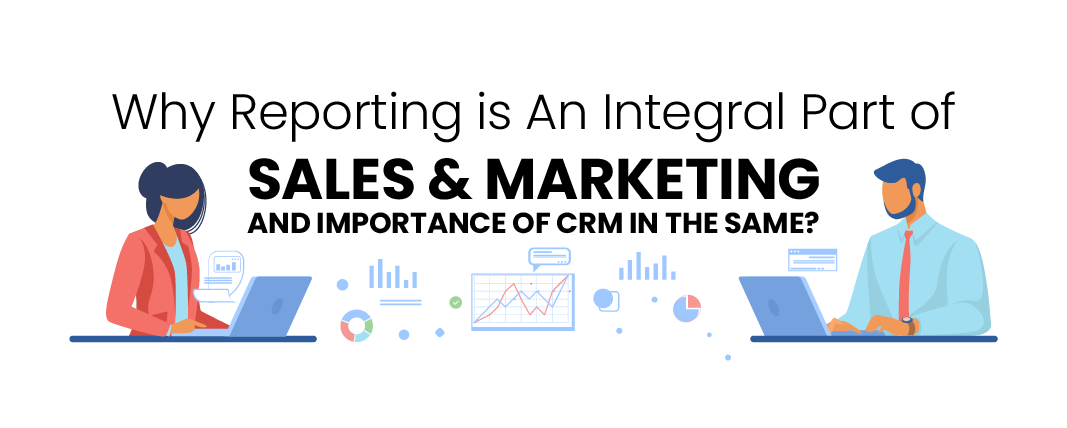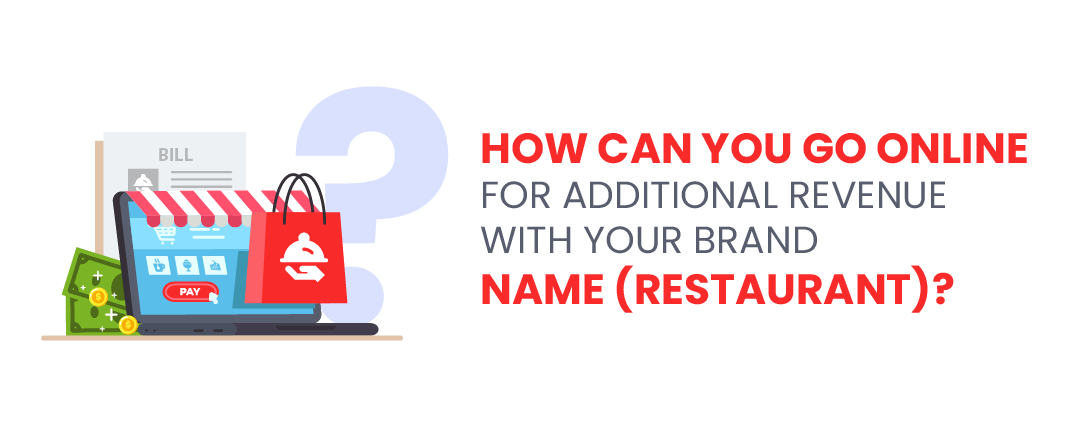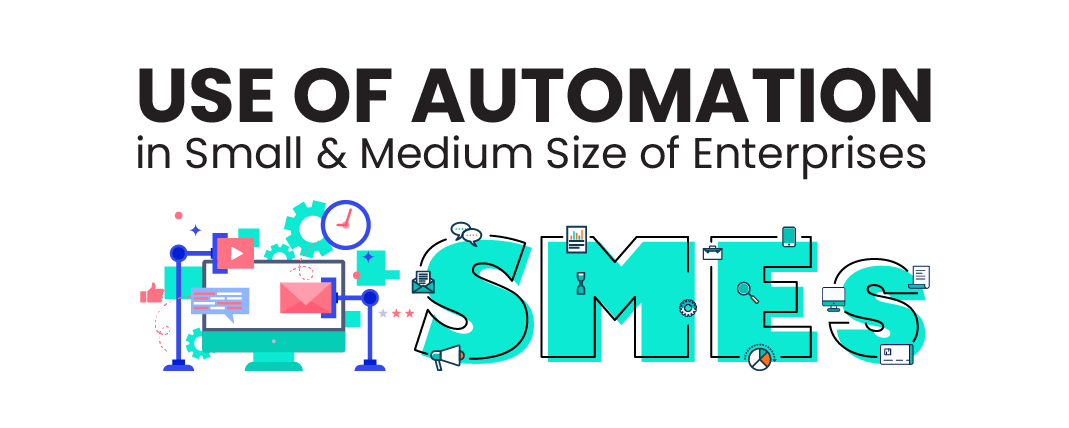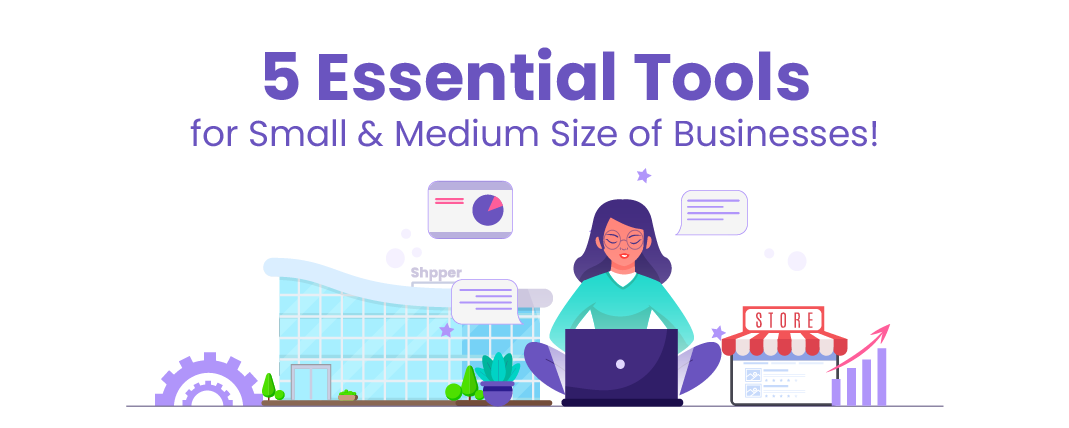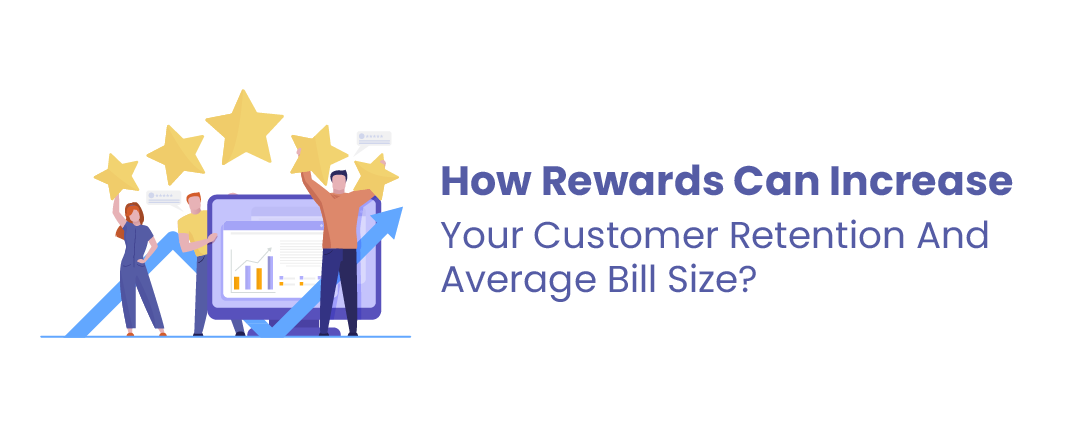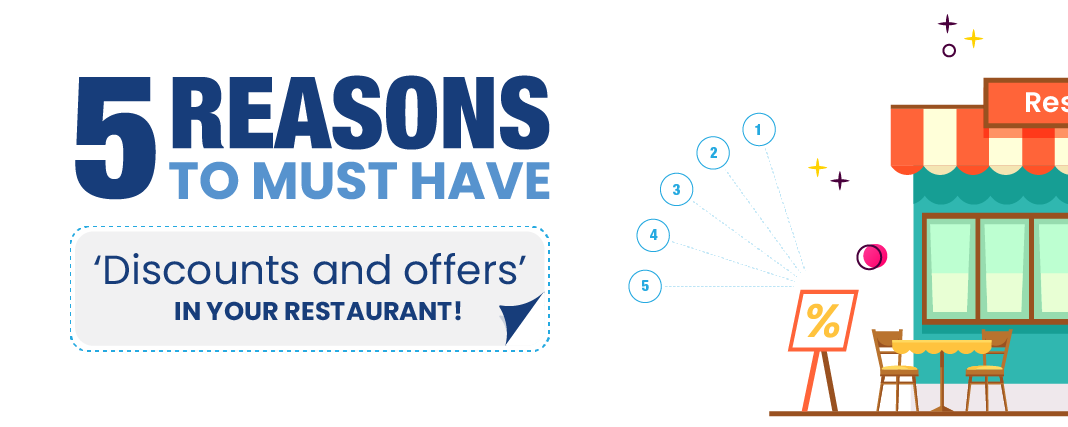
How to Measure Discount ROI: Tracking and Analyzing Sales Impact

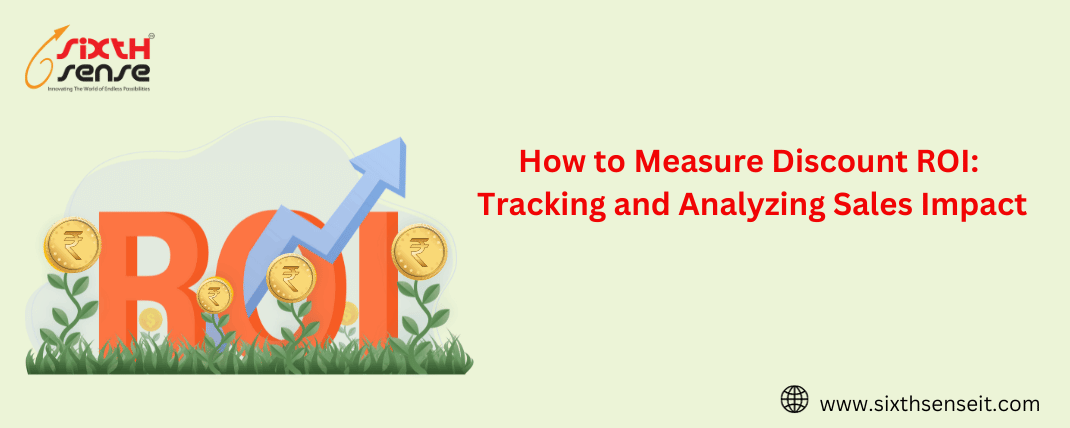
Discounts are a powerful tool in a marketer's arsenal, but their success hinges on more than just attracting customers with lower prices. To truly harness their potential, businesses must measure Discount Return on Investment (ROI). In this comprehensive guide, we will delve into the intricacies of measuring the ROI of discounts, offering insights into the tracking and analysis methods that will help you evaluate the true impact of your discount campaigns.
Discount ROI, or Discount Return on Investment, is a metric used by businesses to evaluate the effectiveness of their discount campaigns. It quantifies the financial impact of offering discounts by comparing the additional revenue generated against the costs incurred to implement those discounts. A positive ROI indicates that the discount campaign was profitable, generating more revenue than it cost to execute. In contrast, a negative ROI suggests that the campaign may have resulted in a net loss. Measuring Discount ROI helps businesses make data-driven decisions about their discount strategies, ensuring they balance attracting customers with maintaining profitability.
Begin by defining Discount Return on Investment (ROI). Explain that it measures the effectiveness of your discount campaigns in terms of the revenue generated versus the costs incurred.
Measuring ROI (Return on Investment) is of paramount importance for businesses as it provides a clear and quantifiable assessment of the effectiveness and profitability of their investments and strategies. Whether it's marketing campaigns, product development, or any other initiative, ROI analysis helps in making informed decisions. It ensures that resources are allocated wisely, identifies areas for improvement, and guides future planning. Ultimately, measuring ROI empowers businesses to optimize their efforts, maximize profitability, and achieve sustainable growth in an ever-competitive market.
Highlight the significance of measuring discount ROI, emphasizing that it provides data-driven insights for making informed marketing decisions and maximizing profitability.
Explain how clear objectives are the foundation of measuring ROI. Discuss common discount campaign goals, such as boosting sales, clearing inventory, attracting new customers, or increasing customer loyalty.
Provide guidance on how to quantify your objectives by setting specific, measurable, achievable, relevant, and time-bound (SMART) goals for your discount campaigns.
Discuss the importance of collecting accurate and relevant data to assess discount performance. Highlight the role of data sources, including sales records, customer data, and marketing analytics tools.
Introduce key performance indicators (KPIs) essential for measuring discount ROI, such as:
Break down the various cost components associated with running discount campaigns, including:
Discuss strategies for minimizing discount-related costs while maximizing the impact of your campaigns, such as targeting specific customer segments or optimizing advertising spend.
Explain how to accurately measure the additional sales revenue generated by your discount campaigns. Emphasize the need for attributing revenue directly to the discounts offered.
Discuss the importance of analyzing gross profit, which takes into account not just revenue but also the cost of goods sold (COGS). This provides a more accurate view of discount ROI.
Explain how to calculate CAC, which represents the cost of acquiring a new customer through your discount campaign. Compare CAC to the average purchase value of new customers.
Highlight the significance of CLV, which quantifies the long-term value of a customer. Discuss how discounts can impact CLV by encouraging repeat purchases and fostering customer loyalty.
Discuss the importance of tracking conversion rates to understand how many customers took advantage of the discounts and completed a purchase.
Explain how to calculate the return customer rate, which measures the effectiveness of discounts in retaining customers for future purchases.
Provide a simple ROI formula: (Net Profit from Discount - Discount Costs) / Discount Costs. Explain how this formula quantifies the success of your discount campaign.
Explore more sophisticated ROI analysis techniques, such as considering the time value of money or segmenting ROI calculations by different customer groups or products.
Explain what a positive ROI indicates: that your discount campaign generated more revenue than it cost to implement. Discuss the implications of a positive ROI for future marketing decisions.
Address the possibility of a negative ROI, emphasizing that it's not necessarily a failure but an opportunity to learn and adjust your discount strategy for better results.
Discuss how the data and insights gained from measuring discount ROI can inform future discount campaigns, helping you refine your strategy and allocate resources more effectively.
Emphasize the importance of a feedback loop, where you continuously assess and adjust your discount campaigns based on ROI data to drive ongoing success.
Discuss the delicate balance between offering discounts to attract customers and maintaining profitability. Share strategies for optimizing this balance.
Highlight the need to consider the long-term sustainability of discount strategies, ensuring they contribute to the growth and health of your business.
Provide real-world case studies and examples of businesses that effectively measured discount ROI, showcasing the impact on their bottom line and the lessons learned.
Conclusion
Measuring the ROI of discounts is a critical aspect of any successful marketing strategy. By setting clear objectives, tracking performance, calculating costs and revenue, analyzing customer behavior, and interpreting ROI results, businesses can make informed decisions to enhance their discount campaigns and maximize profitability. It's a dynamic process that requires constant evaluation and adjustment, but the insights gained can drive sustainable growth and success in a competitive market. So, start measuring your discount ROI today and watch your business thrive.



